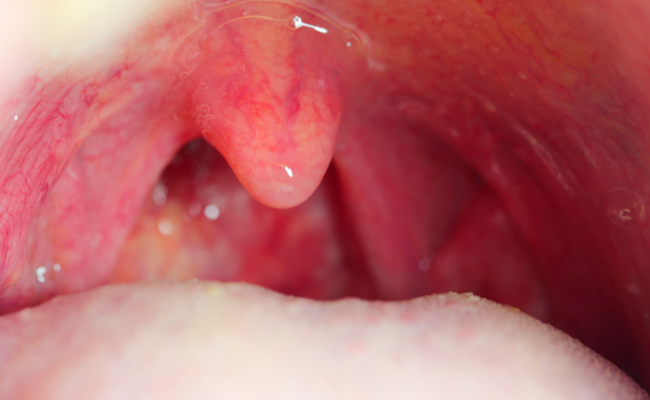How to Treat Epistaxis?
- October 11, 2023
- No Comments
What is Epistaxis?
Epistaxis, commonly referred to as a nosebleed, happens when bleeding occurs from the nasal passages. Though usually not serious, nosebleeds can be disconcerting and may stem from factors such as dry air, nasal trauma, or underlying medical conditions. This occurrence is often associated with a combination of dry air and the presence of delicate blood vessels lining the inner surface of the nose.
Why is Epistaxis a Concern?
While most nosebleeds are not life-threatening, they can be concerning due to the potential for significant blood loss and the inconvenience they pose. Recurrent or severe nosebleeds may indicate an underlying issue that needs attention.
How is Epistaxis Treated?
- Self-Care Measures: Mild nosebleeds can often be managed with self-care measures. These include pinching the nostrils together, leaning forward slightly, and breathing through the mouth to avoid swallowing blood. Applying a cold compress to the nose or the back of the neck can help constrict blood vessels and reduce bleeding.
- Moisturizing the Nasal Passages: Dry air is a common cause of nosebleeds. Using a humidifier in the home, especially during dry seasons, helps maintain moisture in the air and prevent the nasal passages from drying out.
- Nasal Saline Sprays: Regular use of nasal saline sprays can help keep the nasal passages moist and reduce the risk of nosebleeds. These sprays are available over-the-counter and provide a gentle way to hydrate the nasal mucosa.
- Topical Nasal Ointments: Applying a thin layer of petroleum jelly or antibiotic ointment inside the nostrils can also help prevent the nasal passages from drying out. This is particularly useful in dry or arid climates.
- Cauterization: In cases where nosebleeds are recurrent and result from blood vessels close to the surface of the nasal lining, cauterization may be recommended. This procedure involves using heat or chemicals to seal the blood vessels and reduce the likelihood of bleeding.
- Nasal Packing: For more severe or persistent nosebleeds, nasal packing may be necessary. This involves placing a special dressing or balloon inside the nasal passages to apply pressure and stop the bleeding.
- Blood Vessel Ligation: In rare cases where other treatments are ineffective, blood vessel ligation may be considered. This surgical procedure involves tying off the blood vessels that are the source of the bleeding.
Benefits of Epistaxis Treatment:
- Immediate Relief: Many self-care measures and treatments provide immediate relief from nosebleeds, addressing the issue promptly.
- Prevention of Recurrence: By addressing the underlying causes and implementing preventive measures, treatments help prevent the recurrence of nosebleeds.
- Improved Quality of Life: Effective management of nosebleeds contributes to an improved quality of life by reducing the inconvenience and discomfort associated with recurrent bleeding.
- Avoidance of Complications: Prompt and appropriate treatment helps avoid potential complications of severe or prolonged nosebleeds, such as anemia or significant blood loss.
- Enhanced Comfort: Moisturizing the nasal passages and using topical ointments contribute to enhanced comfort by preventing dryness and irritation in the nasal mucosa.
- Customized Approaches: The variety of treatment options allows for a customized approach, considering the severity, frequency, and underlying causes of nosebleeds in each individual case.
- Long-Term Management: For individuals prone to recurrent nosebleeds, implementing long-term management strategies, such as the use of nasal saline sprays or humidifiers, helps maintain nasal health and prevent future episodes.











Comments (0)
No comments yet